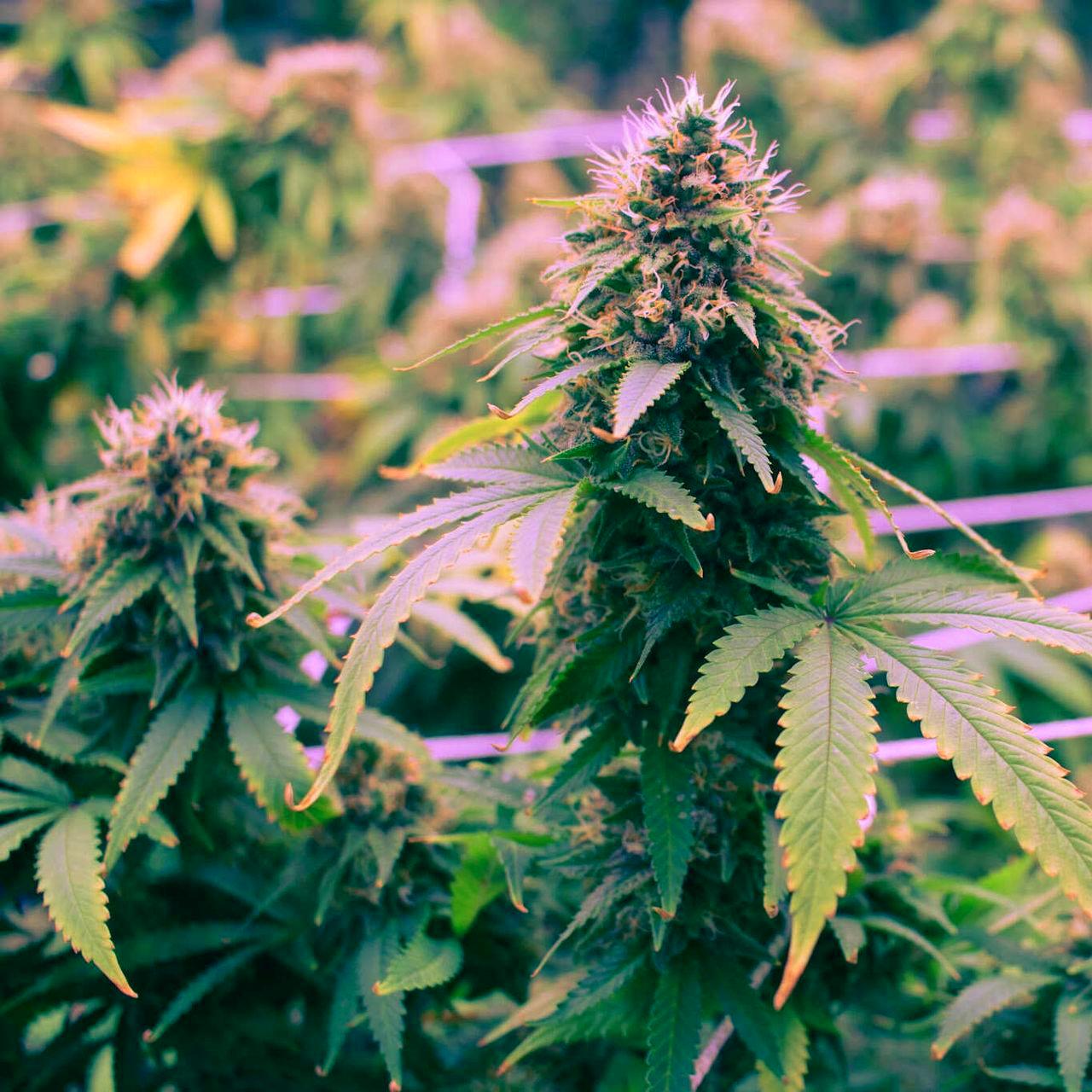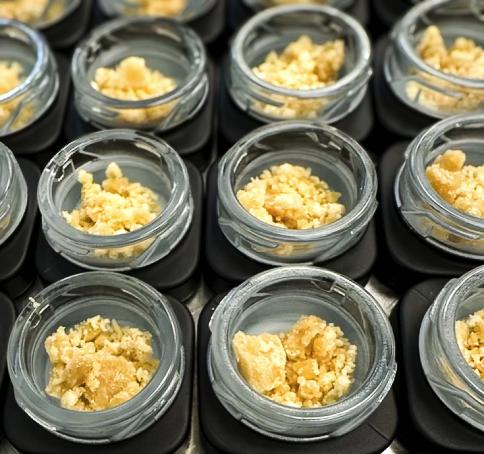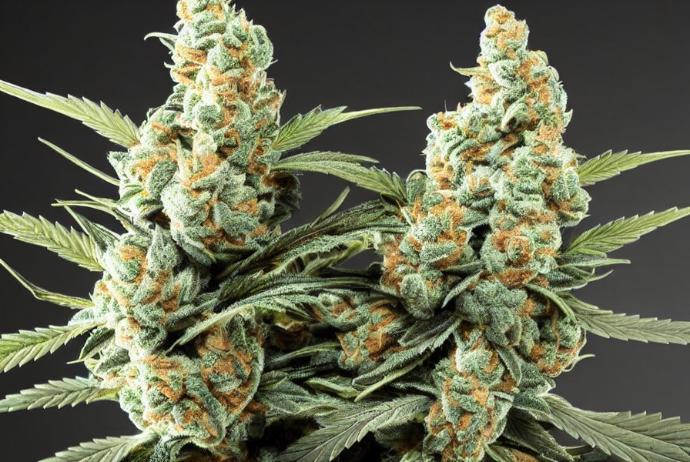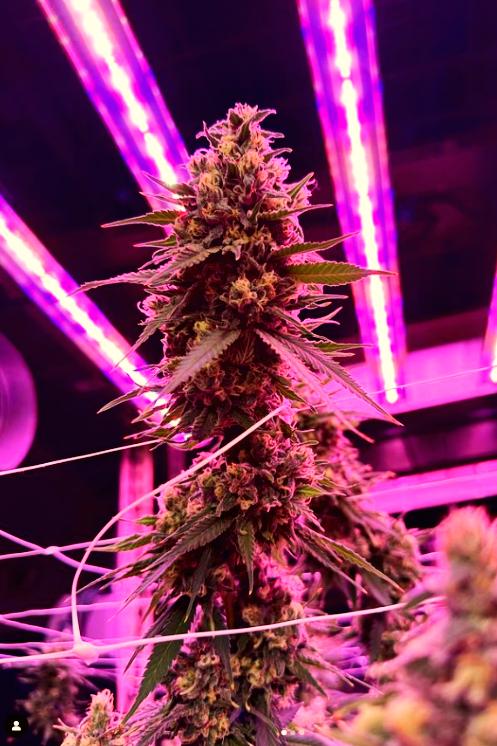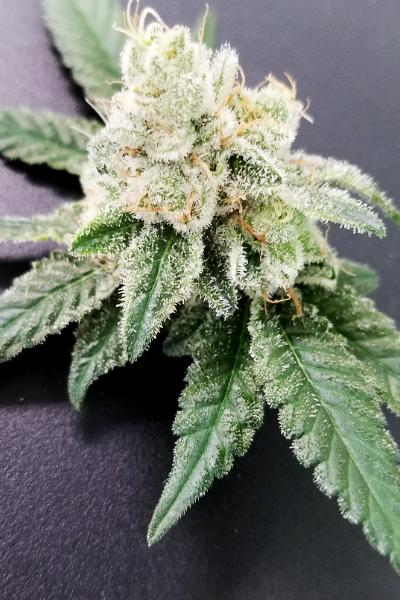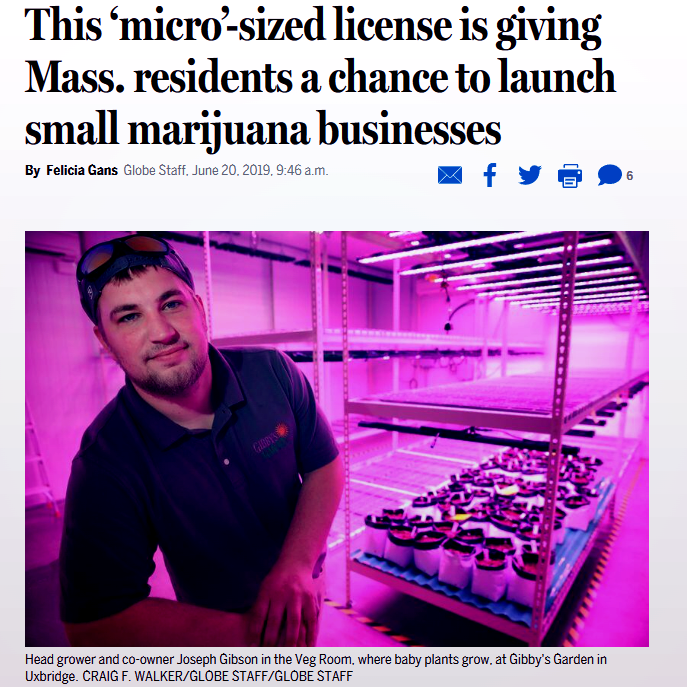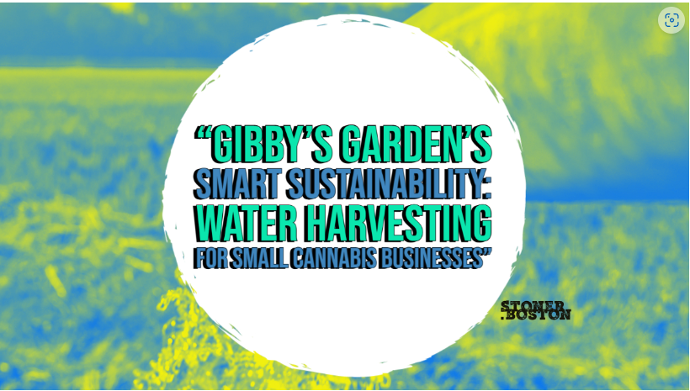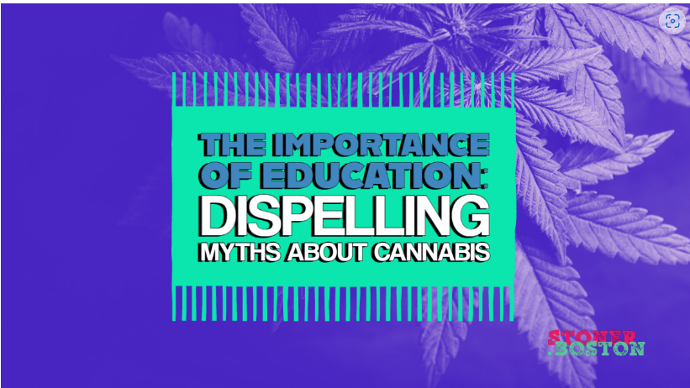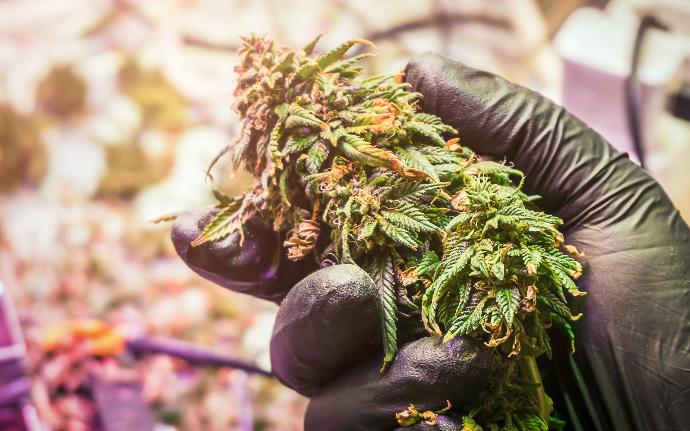Geraniol is a monoterpenoid and an alcohol, known for its sweet, rose-like scent. It's a versatile natural compound, pivotal in the flavor and fragrance industries for its alluring floral notes. Beyond its commercial appeal, geraniol is also valued for its presence in essential oils and its use in aromatherapy, making it a favorite in both ancient and modern contexts.
Historical Insights into Geraniol
Discovery and Traditional Applications
The history of geraniol traces back to its discovery in the oils of geraniums, from which its name is derived. Long before it was chemically identified, cultures around the world used geranium plants for their therapeutic properties, exploiting the sweet, floral aroma of geraniol for relaxation and mood enhancement. Traditional uses also extended to the culinary arts, where it was a subtle flavor enhancer in sweets and beverages.
Evolution into Commercial Use
With the advent of modern distillation techniques in the 19th century, geraniol began to be extracted more efficiently and used more broadly. Its capacity to impart a floral scent made it a popular ingredient in perfumes and cosmetic products. As the fragrance industry evolved, so too did the application of geraniol, expanding into a multitude of products that desired a touch of its sweet, rose-like essence.
Natural Sources of Geraniol
Contribution to Scents and Flavors
Geraniol plays a crucial role in the aromatic profile of many plants. In roses, it enhances the intoxicating scent that we often associate with romance and elegance. In citronella, it contributes not just to the scent but also to the plant’s ability to ward off insects. This dual role of attraction and repulsion in different contexts is a perfect example of nature’s complexity.
Key Natural Sources and Their Roles
- Rose: Imparts the classic floral scent, symbolizing beauty and love.
- Geranium: Provides a robust, sweet floral aroma used in aromatherapy for uplifting spirits.
- Lemongrass: Adds to the fresh, citrusy scent, popular in culinary uses.
- Citronella: Known mostly for its insect repellent properties.
- Palmarosa: Contributes a sweet, rose-like fragrance, used extensively in perfumery.
These sources not only underscore geraniol’s versatility in terms of scent but also hint at its ecological functions, such as attracting pollinators and deterring pests.
Current Perspectives on Geraniol
Recent Research and Consumer Products
Recent research into geraniol has explored its potential beyond its olfactory benefits. Studies are investigating its antioxidant properties and its efficacy in skin care applications. Consumer interest in natural and organic products has driven the demand for geraniol in everything from eco-friendly insect repellents to natural perfumes and skincare products, where its gentle, floral scent is highly prized.
Methods of Extraction and Synthesis
Geraniol is primarily extracted through steam distillation of plant materials, a method that preserves its delicate floral notes. Advances in biotechnological methods also allow for the biosynthesis of geraniol, using engineered bacteria or yeast, which could provide a more sustainable and controlled production method, reducing the environmental impact associated with traditional extraction processes.
Future Implications for Geraniol
Innovations in Extraction and Sustainability Concerns
The future of geraniol extraction is likely to focus on improving efficiency and sustainability. Innovations such as enzymatic extraction and the use of microbial fermentation are promising areas that could reduce the ecological footprint while maintaining high yield and purity. Ethical considerations regarding sourcing, particularly the impact of large-scale farming of source plants on biodiversity, will need to be addressed.
Market Expansion and Growth Potential
As consumers increasingly prefer natural over synthetic products, the market for geraniol is expected to expand. Its application is set to grow not only in fragrances and cosmetics but also in health-oriented products, where its potential benefits can be harnessed in new, innovative ways.
Conclusion: The Enduring Allure of Geraniol
Geraniol’s journey from a component of ancient herbal remedies to a cherished element in modern consumer products highlights its enduring cultural and holistic significance. Its sweet, floral aroma continues to captivate our senses and enhance our experiences, reflecting the timeless human pursuit of natural beauty and well-being. As we explore more sustainable practices and broaden our understanding of natural compounds, geraniol stands out as a testament to the blend of tradition and innovation in our ongoing relationship with the natural world.


